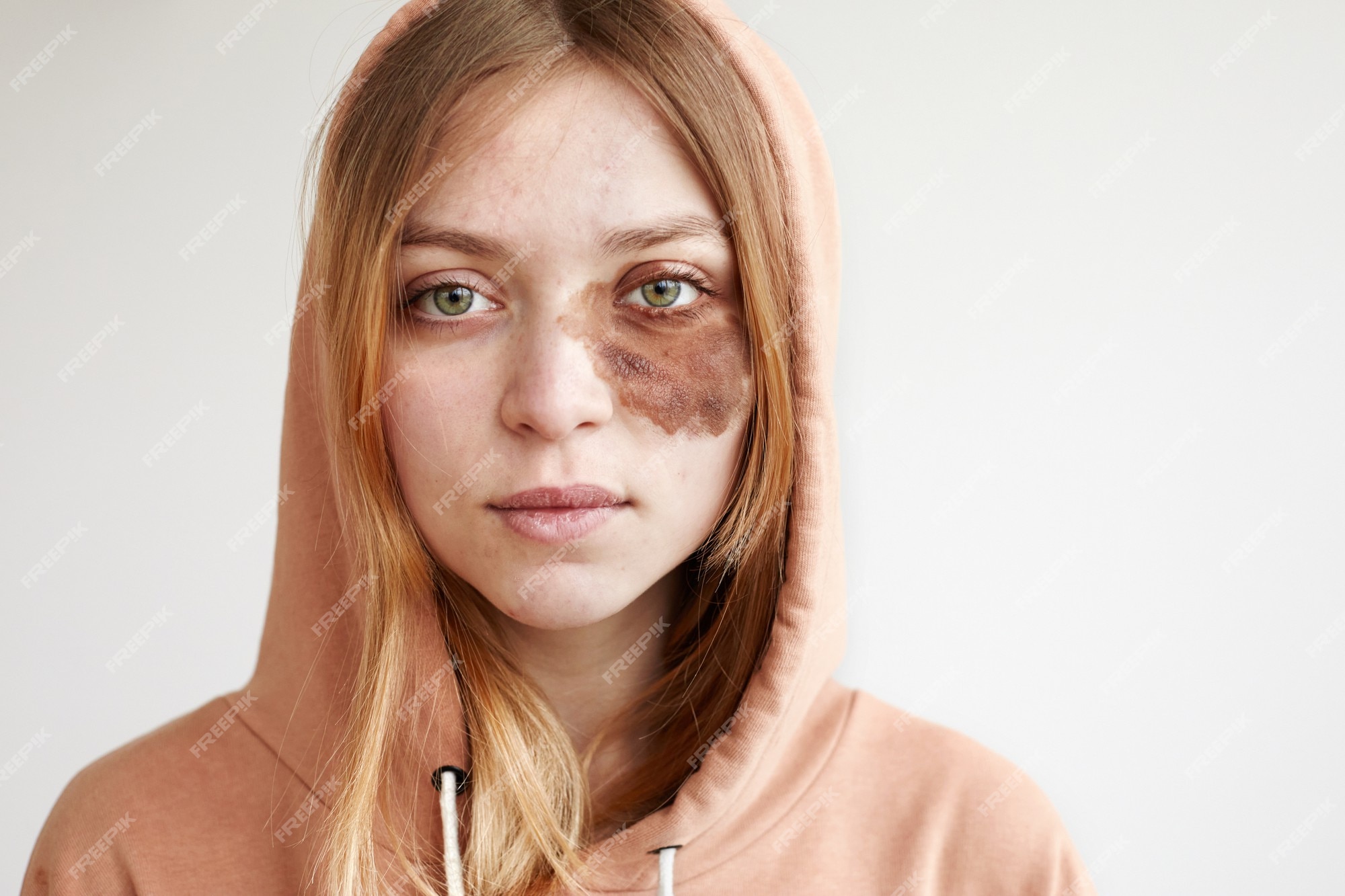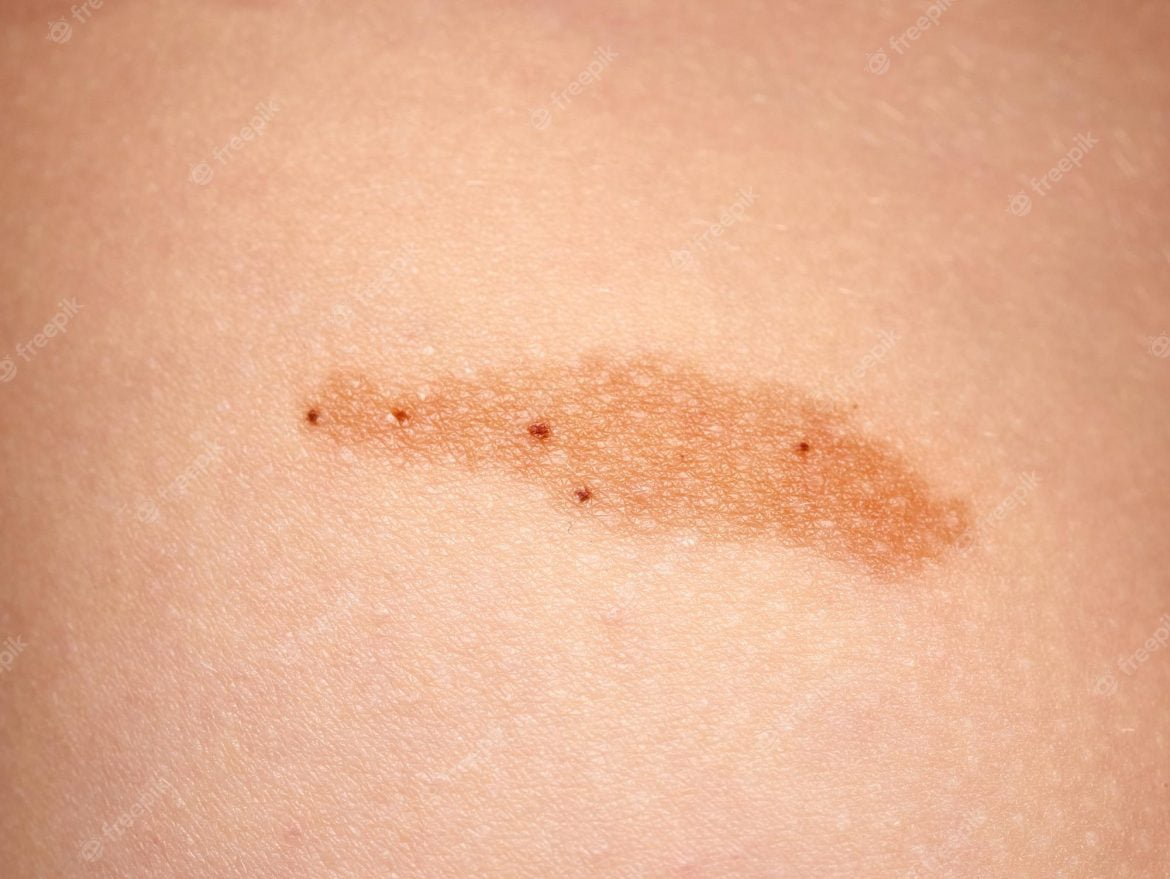
Introduction
Birthmarks are fascinating phenomena that have intrigued humans for centuries. These unique imprints appear on the skin shortly after birth or may even develop during childhood. Birthmarks come in various shapes, sizes, colors, and textures, and they can be found in different locations on the body. While some birthmarks fade over time, others persist throughout a person’s life. In this article, we delve into the world of birthmarks, their types, causes, and potential significance.
Types of Birthmarks
- Pigmented Birthmarks Pigmented birthmarks are the most common type and are caused by an overgrowth of pigment cells in the skin. They can be further categorized into two subtypes:a. Café-au-lait spots: These birthmarks are light brown in color and have smooth borders. They are usually oval-shaped and can vary in size.
b. Mongolian spots: Mongolian spots are bluish-gray birthmarks that are commonly found on the lower back or buttocks. They are more prevalent in people with darker skin tones.
- Vascular Birthmarks Vascular birthmarks occur due to abnormalities in the blood vessels. They can be classified into two main types:a. Salmon patches: Also known as “stork bites” or “angel kisses,” salmon patches are flat, pink, or red birthmarks. They often appear on the forehead, eyelids, upper lip, or back of the neck. Most salmon patches fade within the first few years of life.
b. Hemangiomas: Hemangiomas are raised, bright red birthmarks that appear as small, clustered blood vessels. They can range in size from small dots to large, protruding growths. Hemangiomas tend to grow rapidly during the first year of life before gradually shrinking and fading.
- Congenital Moles Congenital moles, also known as congenital melanocytic nevi, are present at birth. These moles are larger than common moles and may have irregular borders and dark pigmentation. While most congenital moles are harmless, larger ones may carry a slightly higher risk of developing into skin cancer later in life.
Causes of Birthmarks
The exact causes of birthmarks are not always clear, and they can vary depending on the type of birthmark. Some factors that may contribute to the development of birthmarks include:
- Genetic Factors Certain birthmarks, such as café-au-lait spots and congenital moles, may have a genetic component. They can be inherited or occur sporadically due to gene mutations.
- Vascular Anomalies Vascular birthmarks, such as hemangiomas and salmon patches, are caused by abnormalities in the development of blood vessels during fetal development.
- Pigmentation Disorders Pigmented birthmarks, including café-au-lait spots and Mongolian spots, are believed to result from an overproduction or accumulation of melanin, the pigment responsible for skin color.
The Significance of Birthmarks
While most birthmarks are harmless and purely cosmetic, there are instances where they may indicate an underlying health condition or require medical attention. For example:
- Health Concerns Some birthmarks, particularly large or atypical ones, may indicate an increased risk of developing certain health issues. For instance, large congenital moles carry a slightly higher risk of developing melanoma, a type of skin cancer.
- Emotional and Psychological Impact Visible birthmarks, especially those in prominent locations, can sometimes have a psychological impact on individuals. They may lead to feelings of self-consciousness or affect self-esteem. In such cases, professional support and counseling can help individuals cope with any emotional challenges.
Conclusion
Birthmarks are intriguing and unique imprints that add character to an individual’s appearance. While most birthmarks are harmless and fade over time, it is important to understand the different types and potential implications associated with certain birthmarks. If you have any concerns about a birthmark or its impact on your health or well-being, it is advisable to consult with a healthcare professional who can provide guidance and appropriate care. Remember, birthmarks are part of what makes each person beautifully distinct.



